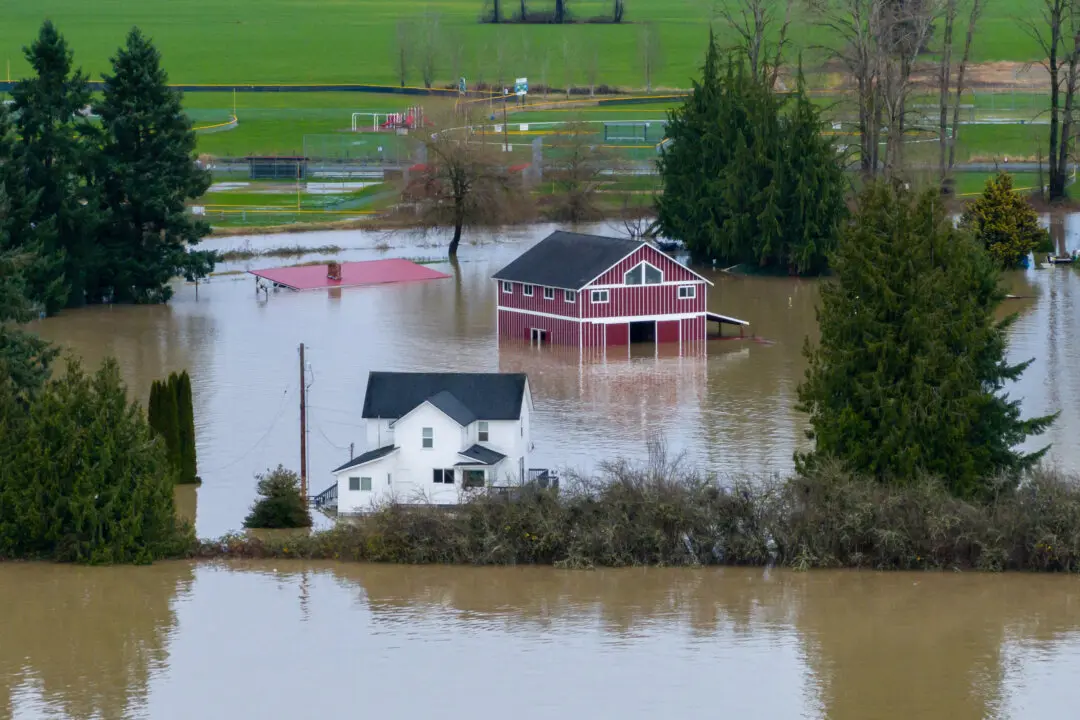LONE PINE, Calif.—The gas station’s ground was covered with the small winged bugs. Piles of carcasses, inches deep, sat swept to the sides.
On the road, they rained onto car windshields. They flew by the thousands toward even the smallest sources of light, and crept along windows and kitchen tables.





